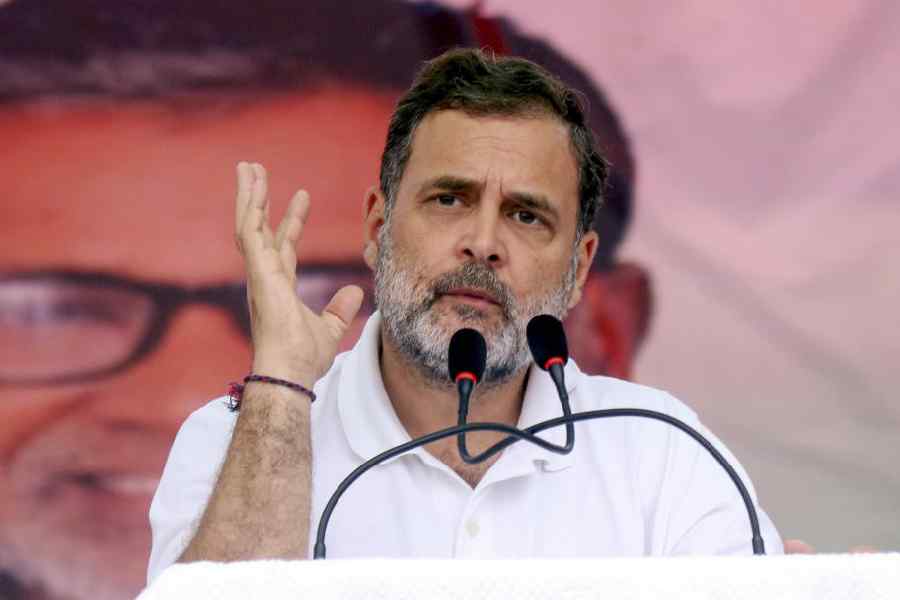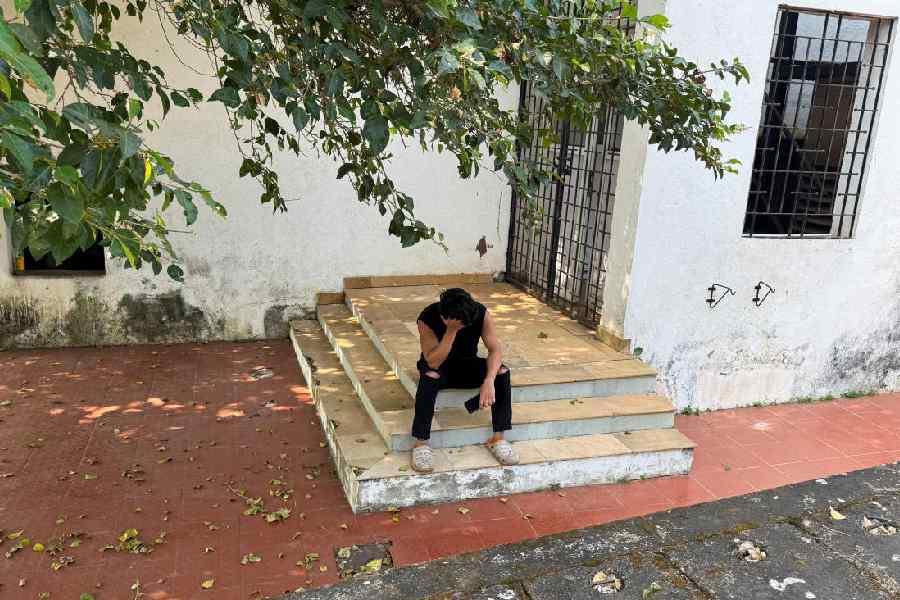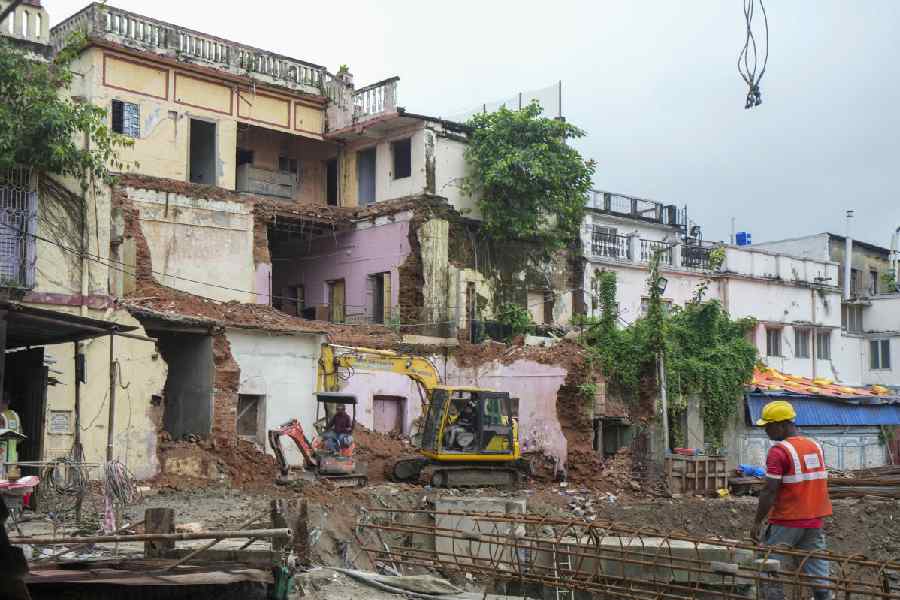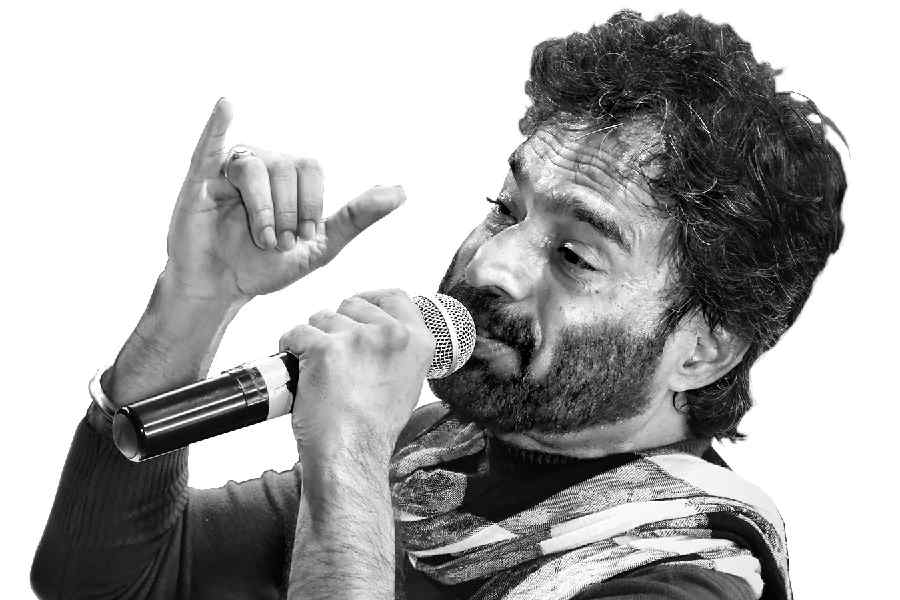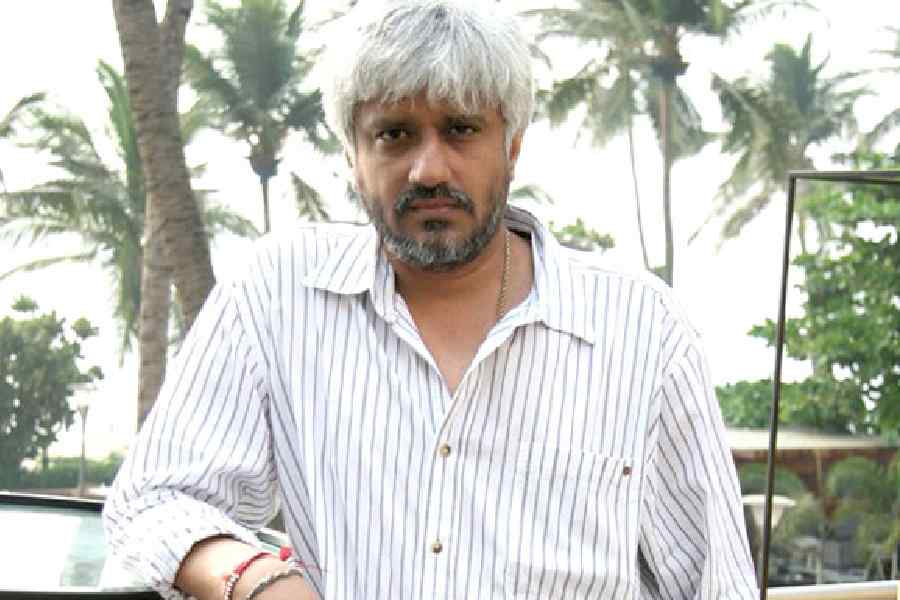 |
| Rabindranath and Mrinalini |
Jorasanko By Aruna Chakravarti, HarperCollins, Rs 350
Piralya was the name of a village in Jessore district. There, by the end of the 15th century, a Brahmin youth fell in love with a Muslim girl, and had to proselytize to Islam in order to marry her. Mahmud Tahir became his new name, but people called him ‘Piraylaee’, meaning ‘Of Piralya’. It was Mahmud who cunningly converted two of his Brahmin friends — two brothers — to Islam. The stigma of apostasy now fell on their other two brothers, Ratidev and Sukhdev, who were consequently ostracized, and ignominiously branded as ‘Pirali Brahmins’. Sukhdev paid a hefty dowry, and somehow, managed to get his daughter married to Jagannath Kushari, the zamindar of Pithabhog.
This, in brief, is the pre-history of the Tagore family, which was one of the most illustrious families in the cultural history of Bengal, as well as one of the most charismatic in the colonial history of India. Jagannath’s descendants, Sukhdev and Panchanan, crossed Adi Ganga and reached Gobindapur which — along with Sutanuti and Kolikata — was being transformed into a port city by the British. The illiterate fisher folk community apotheosized them — for they worshipped their idols — calling them thakurs, meaning ‘gods’. This was distorted in the British tongue into ‘Tagore’. Being great fortune-hunters, these Kusharis-turned-Tagores collaborated with the British in the construction business to make money, and built a sprawling mansion at Pathuriaghata.
Towards the end of the 18th century, Neelmoni, a scion of the Tagores, fell foul of his sibling, Darpanarayan, over property, and walked out with one lakh rupees and the idols of Lakshmi and the shalagramshila, the sacred black geode. Neelmoni established a mansion on a gifted land at Mechuabazaar which later came to be known as Jorasanko. Prince Dwarakanath Tagore was Neelmoni’s grandson.
Aruna Chakravarti’s novel on the Tagore household cuts a swath of nearly 80 years. Chakravarti deploys a minor flashback technique beginning in 1859 when Jnanadanandini, the bride of Debendranath’s second son, Satyendranath, was being welcomed to the Tagore household. In the next chapter, the story shifts to 1823, the year in which Digambari, the exceedingly beautiful and profoundly pious wife of Dwarakanath Tagore, seeks mandate from an assembly of pundits on how she is supposed to perform her wifely duties towards her husband whose ‘profane’ activities she disapproves of. Chakravarti uses time frames of varying lengths as chapter heads. For instance, the third chapter covers 20 years under the head, 1846-1866, starting with Sarada Sundari’s marriage to Debendranath, while the fourth spans merely two years — 1864-1866 — taking off from Satyendranath’s return from England, after clearing the ICS examination. This goes on to show that the novelist has overridden the dull structural symmetry of historical time, and that counts as a novelistic tour de force. A historical novel is a novel first, and a history later. Besides, any history is but an intense reconstruction, rather than a bland recounting of events. In Sculpting in Time, Andrei Tarkovsky writes: “History is still not Time; nor is evolution. They are both consequences. Time is a state: the flame in which there lives the salamander of the human soul.” It is heartening that Chakravarti has been on the look-out for the ‘flame’ of time.
Another heart-warming quality of the book is its authorial latency, which strikes a golden mean between reticence and eloquence. And that is mostly evident in the portrayal of characters. In a historical novel, a narrator — most understandably — is a commentator, and possibly the commentator. This inevitably creates a bias in the perspective. But the author’s narratorial omniscience in this novel is never overblown into authorial omnipotence. Debendranath’s meditative nature and his stature as a ‘maharshi’ is described with the same aplomb as is his tussle over the share of property with Tripura Sundari, the wife of his deceased younger brother, Nagendra. The dichotomy in the maharshi’s character comes through glaringly, without the author coming conspicuously to the fore. This acts powerfully and incisively in the portraitures of women like Digambari or Jogamaya or Tripura Sundari, who had the rare courage to stand up against patriarchy at a time when such gestures were unimaginable.
Quite a few books have been written in Bengali on the Tagore family. Chitra Deb’s Thakurbarir Andarmahal is one such book. In Sunil Gangopadhyay’s novel, Pratham Alo (which Chakravarti has translated into English as First Light), the Tagore household occupies considerable space. Chakravarti borrows from these sources — her narration of Kadambari Devi’s death, particularly, reads almost like a translation of Gangopadhyay’s. Even so, there are sections of the novel that are expertly delineated with vibrantly colourful and richly textured details. The two most important women in Rabindranath’s early life have been masterfully fleshed out. Here again, the novelist’s sense of balance comes in handy. She does not allow Mrinalini, Rabindranath’s spouse, to be eclipsed by Kadambari. To Rabindranath, Kadambari was a ‘dream’ while Mrinalini was the ‘anchor’. Chakravarti’s nuanced narration reflects how the poet floated between these two axes of his existence. In the first description of love-making between Rabindranath and Mrinalini, while cuddling Mrinalini, Rabindra hears a sound: “A shadow slipped past the wall. Whose was it? Kadambari’s? Natun Bouthan, he almost called aloud, then trembled and fell silent.”
Jyotirindranath is a sublimely tragic character in the novel. But one will remember the novel for its depiction of Mrinalini. This selfless and mutely suffering lady represents the serene, lambent ‘flame’ of a bygone era that Chakravarti identifies impeccably. It is fitting that the saga ends with Mrinalini’s death.


